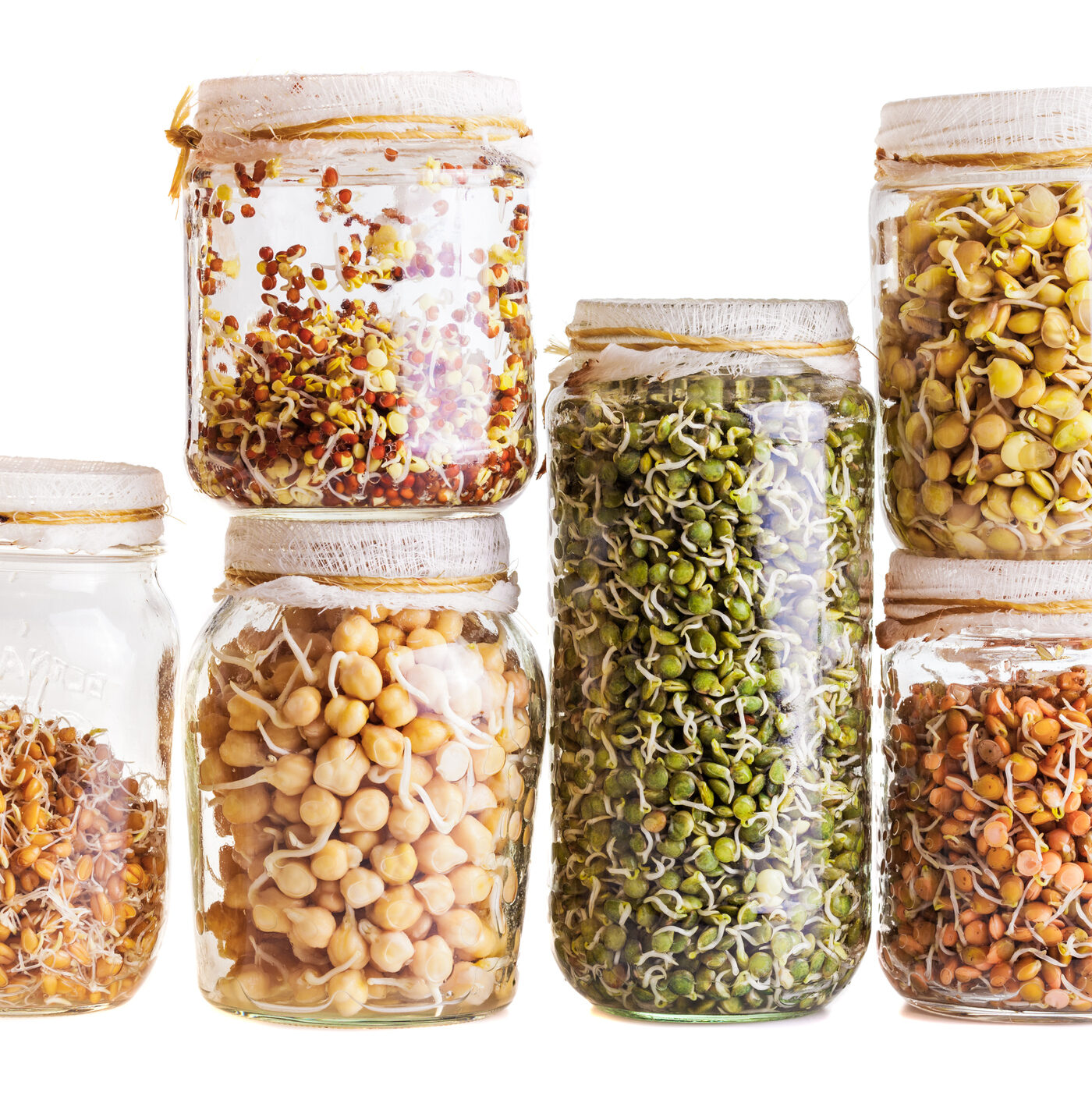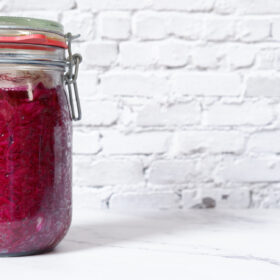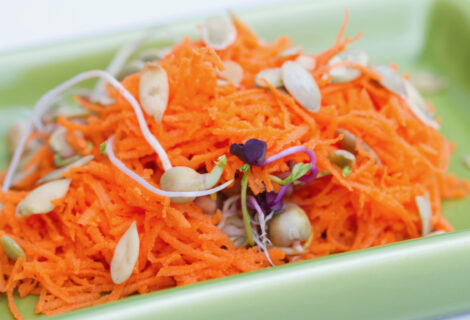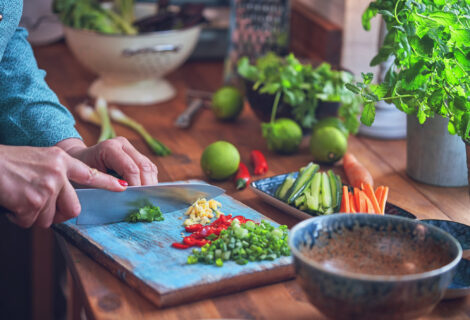Sprouting Grains and Legumes
You may have noticed a lot of foods with sprouted grains or pulses in stores lately. Sprouted foods are beans, lentils, or grains that have gone through a soaking process, preserving the entire seed kernel and the tiny sprout just beginning to pop out.
Sprouted grains and pulses are superfoods! The soaking process activates numerous enzymes that neutralize enzyme inhibitors found in dry grains, seeds, and legumes, making them easier to digest. Sprouting also activates and multiplies nutrients such as Vitamins A, B, and C. We can all benefit from including more sprouted grains in our diet.
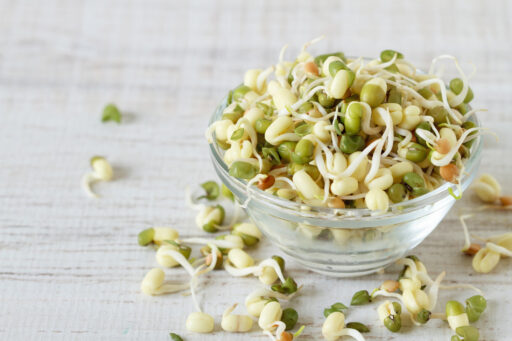
Many people buy sprouted foods, assuming that sprouting beans, grains, nuts, and seeds is labor-intensive. However, it’s not! Plus, the benefits far outweigh the effort. The process of soaking and sprouting beans, nuts, seeds, and grains is quite similar. The only difference is the length of time it takes to soak and sprout them.
You can sprout almost any legume, seed, or nut and use them in many ways. Once a grain or legume is sprouted, you can cook them without soaking them first. You can also eat them raw, toss them with cooked grains for texture, sprinkle them on salads, or use them as a crunchy topping for soups. No matter how you use them, sprouted foods are an excellent addition because they’re easy to digest and contain tons of nutrients.
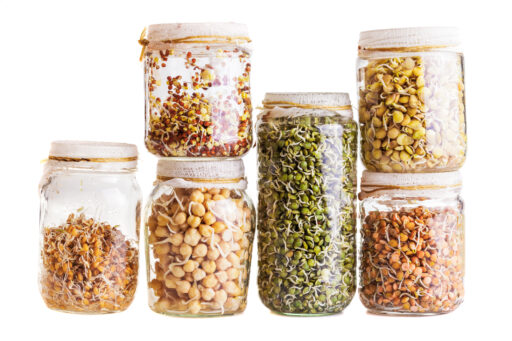
Method:
Soak legumes or grains in a glass jar or bowl with one part legume/grain to 3 parts water for 8 hours.
Place a cotton cloth or two layers of cheesecloth on top of the jar or bowl and secure it with a rubber band.
After the first 8 hours of soaking, the goal is to keep the contents of the jar hydrated by rinsing them clean regularly and eliminating excess water in the jar. Do this by filling the jar with water twice daily and draining thoroughly.
Store at room temperature. Wash, rinse, and repeat until food has sprouted. You’ll know it’s sprouted when you see a small sprout growing.
Once they have sprouted, spread them out onto a kitchen towel in a single layer. Allow them to dry out for about 30 minutes. Place sprouts on a damp paper towel on the bottom of a food storage container and seal the container. Store in the fridge.
If you’re planning to cook the sprouts, rinse them first.
Cook them as you would dry grains and legumes, simmering in salted water or broth. The cooking time on the beans and grains will be much shorter, so keep an eye on them as they simmer.
For more information about sprouts, check out these links:
Advantages to Eating Sprouted Grains
How To Sprout Grains and Legumes
Happy sprouting!


